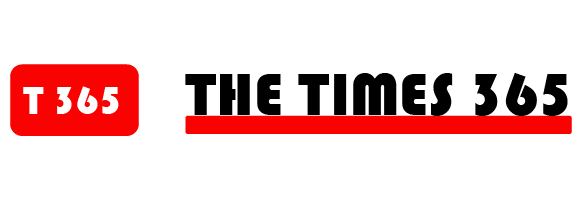In this mess-free project, school-aged kids will learn to create art based on complementary colors. We’ve included free printable pages to make this project easy to complete at home or in the classroom.

What are complementary colors?
Complementary colors are easily found by locating opposite colors on a color wheel. Artists will use complementary colors to achieve more vibrant results between objects. Kids can generally point out famous complementary color combinations such as: Christmas colors that tend to be red and green, sports teams using orange and blue, yellow and purple, and so on.
Related Link – Review Primary and Secondary colors with our free printable pages.
Supplies Needed to Make This complementary colors Art Project

- Free Printable Pages – Download Below
- Crayons or Colored Pencils – only Red, Blue, and Yellow colors
Download the Complementary Colors Printable Here
Using our free printable pages will save kids time by not drawing the design elements themselves. This will allow kids more time to focus on learning about complementary colors and to practice their coloring skills.
Directions to this Make Complementary colors art project for kids
Step 1

Begin by coloring the red, blue, and yellow portions of the color wheel. These are the primary colors.
Step 2

In the unlabeled portions of the color wheel, layer the two neighboring primary colors to discover a secondary color. For example, between red and yellow, kids color one layer of yellow followed by one layer of red to create the secondary color orange.
Tip: Blending colors will be easier if kids do not use much pressure when applying layers. Kids may wish to continue alternating the two colors until desired secondary color is reached.
Step 3

Kids use their color wheel to locate complementary colors by identifying colors that are opposite of one another. Kids color the 3 pairs of complementary colors to fill in the circles above the color wheel.
Step 4

Kids now choose one of the color pairs and complete their pumpkin coloring page using only those complementary colors.
Finished complementary colors Art Project

I love seeing all of the colorful combinations used on the pumpkins! Since these projects are made on paper, they are easily framed, clipped, or displayed in your preferred style.
Our Experience Making this complementary colors Art Project
We enjoyed coloring these pages based on primary and secondary colors. I also love that this project is mess free so I can assign it when needing a substitute to teach.
Prep Time
5 minutes
Active Time
15 minutes
Total Time
20 minutes
Difficulty
easy
Estimated Cost
$1
Materials
- Free Printable Color Wheel and Pumpkin Pages
Tools
- Crayons or Colored Pencils – only Red, Blue, and Yellow colors
Instructions
- Begin by coloring the red, blue, and yellow portions of the color wheel. These are the primary colors.
- In the unlabeled portions of the color wheel, layer the two neighboring primary colors to discover a secondary color. For example, between red and yellow, kids color one layer of yellow followed by one layer of red to create the secondary color orange. Tip: Blending colors will be easier if kids do not use much pressure when applying layers. Kids may wish to continue alternating the two colors until desired secondary color is reached.
- Use the color wheel to locate complementary colors by identifying colors that are opposite of one another. Color the 3 pairs of complementary colors to fill in the circles above the color wheel.
- Choose one of the color pairs and complete pumpkin coloring page using only those complementary colors.
Notes
Complementary colors Art Variations
- Print downloaded designs onto cardstock and complete project using paints or other heavier mediums.
- Have kids choose their own design to draw rather than using the pumpkin download.
- Skip color blending to save time by allowing kids to use green, orange, and purple coloring crayons.
Complementary colors Art Variations
- Print downloaded designs onto cardstock and complete project using paints or other heavier mediums.
- Have kids choose their own design to draw rather than using the pumpkin download.
- Skip color blending to save time by allowing kids to use green, orange, and purple coloring crayons.
Other Fun color theory Art Projects from Kids Activities Blog
Did your kids enjoy learning about complementary colors? What color combination did they use to complete their pumpkins?






